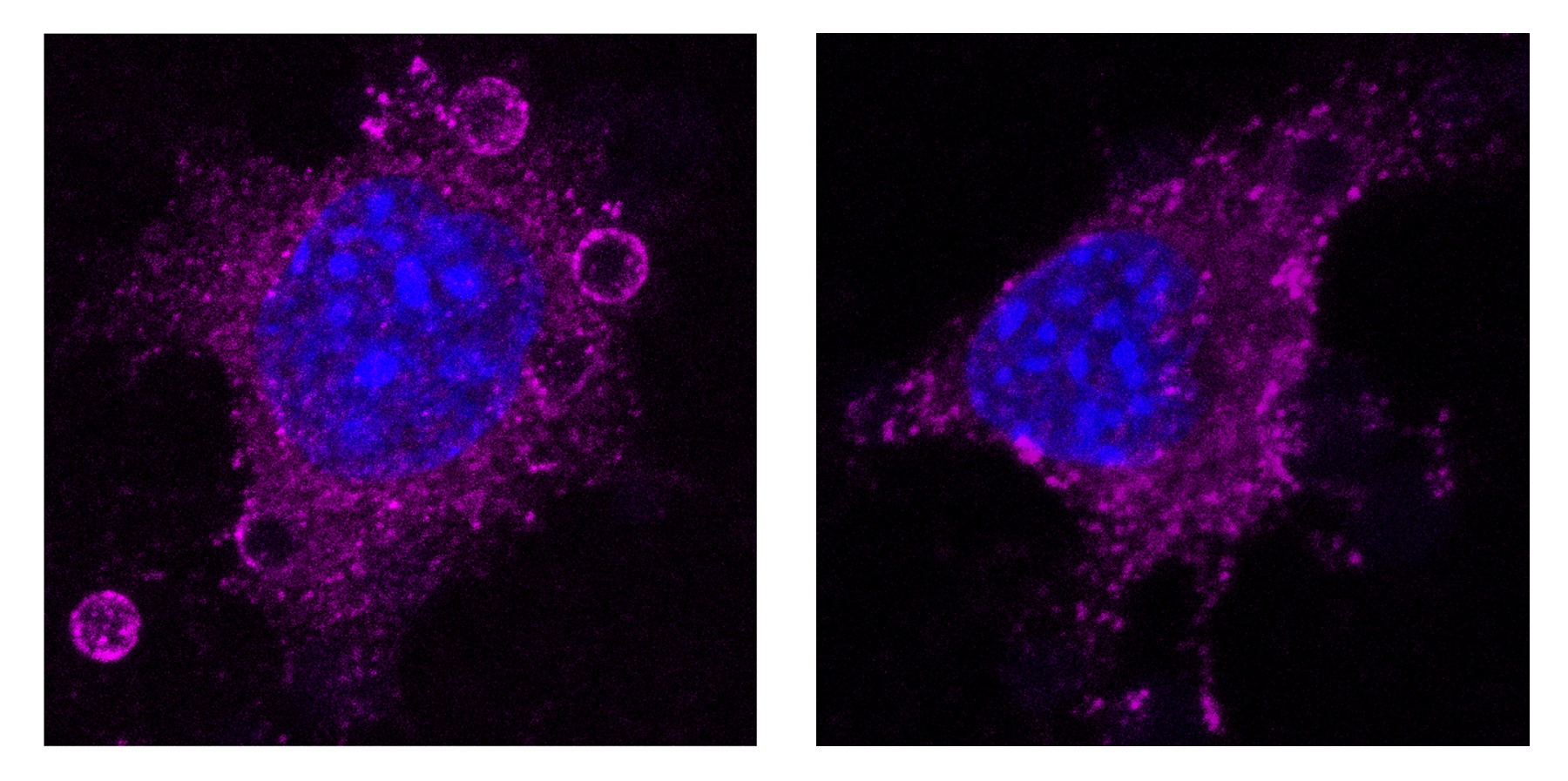News search
|
Research 6 Mar 2023 A study could change management of patients who are not critically ill |
|
Research 3 Mar 2023 The results, published in eClinicalMedicine, have direct implications for clinical practice by providing a list of reference values for a multitude of cardiac parameters used in daily practice |
|
Research 3 Feb 2023 The discovery, published in the journal Immunity, identifies a new therapeutic route for conditions associated with obesity and metabolic syndrome, including cardiovascular disease |
|
Research 16 Jan 2023 Nature Cardiovascular Research: The 'guardian of the genome' protects against cardiovascular disease A CNIC study extends the understanding of how acquired mutations in blood cells act as a new cardiovascular risk factor |
|
Research 23 Dec 2022 A study published in Nature Cell Biology confirms that caveolae are essential for the mechanical responses of tissues subject to large mechanical forces (such as muscle, heart, blood vessels, and fat), whereas larger membrane depressions (termed 'dolines') are important for the response to weak or medium-strength forces |
|
Research 19 Dec 2022 The finding provides a basis for mitigating the loss of muscle regenerative capacity in elderly people and for improving muscle repair in young healthy people |
|
Research 15 Dec 2022 A CNIC team has shown that the retinoid and unsaturated fatty acid sensor RXR is a key protein in the maintenance of a balanced production of the different types of blood cells |
|
Research 13 Dec 2022 A new study published in eLife shows that small cups or nanofolds on the cell membrane called caveolae, by limiting abrupt changes in membrane tension, regulate the number and activity of mechanical microsensors on the cell surface called integrins |
|
Research 12 Dec 2022 The results of the SPHERE-HF study are published in the European Journal of Heart Failure. SPHERE-HF is a multicenter academic clinical trial led by investigators at the Centro Nacional de Investigaciones Cardiovasculares (CNIC) and Hospital Clínic de Barcelona |
|
Research 29 Nov 2022 The experimental study, led by researchers at the CNIC, shows that boosting the expression of this adrenalin receptor in heart cells improves mitochondrial function in the heart |
- ‹ previous
- 8 of 43
- next ›
















